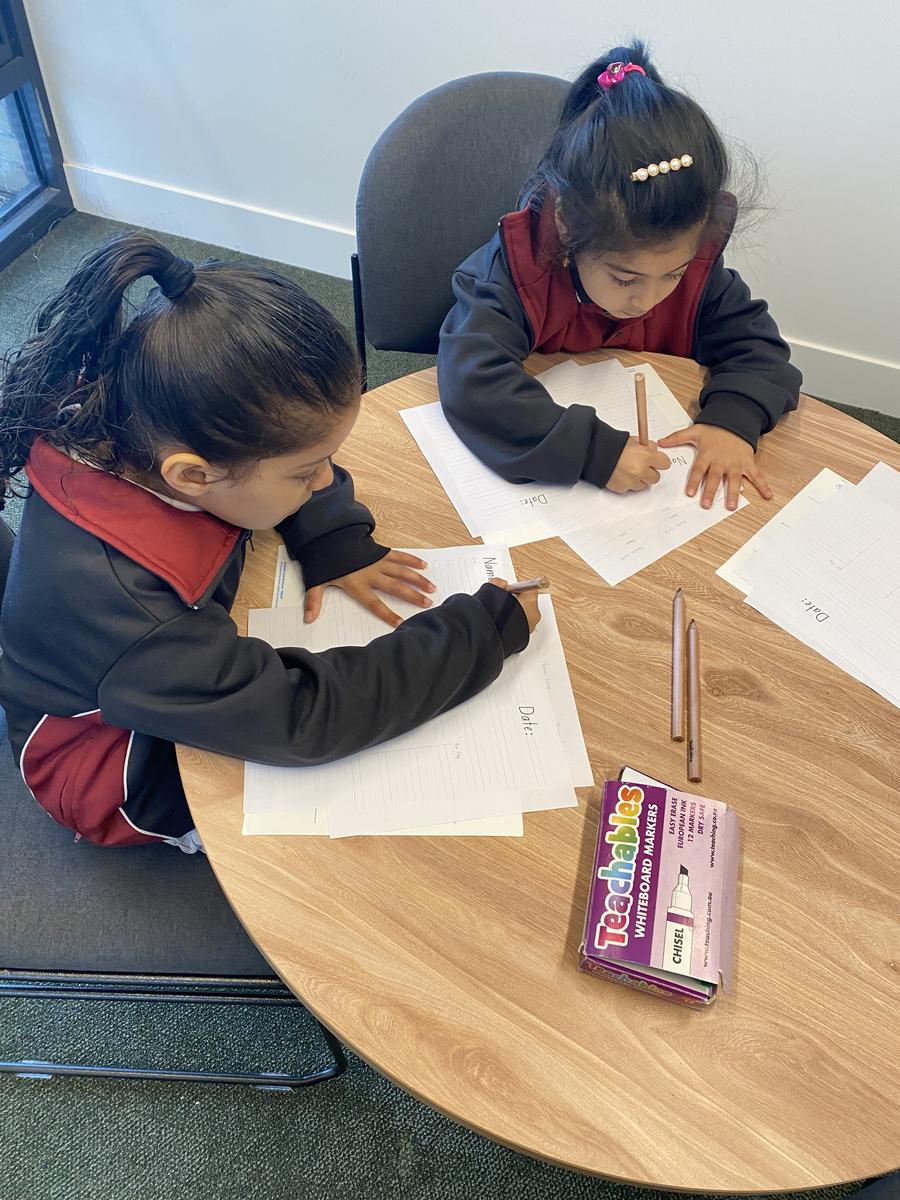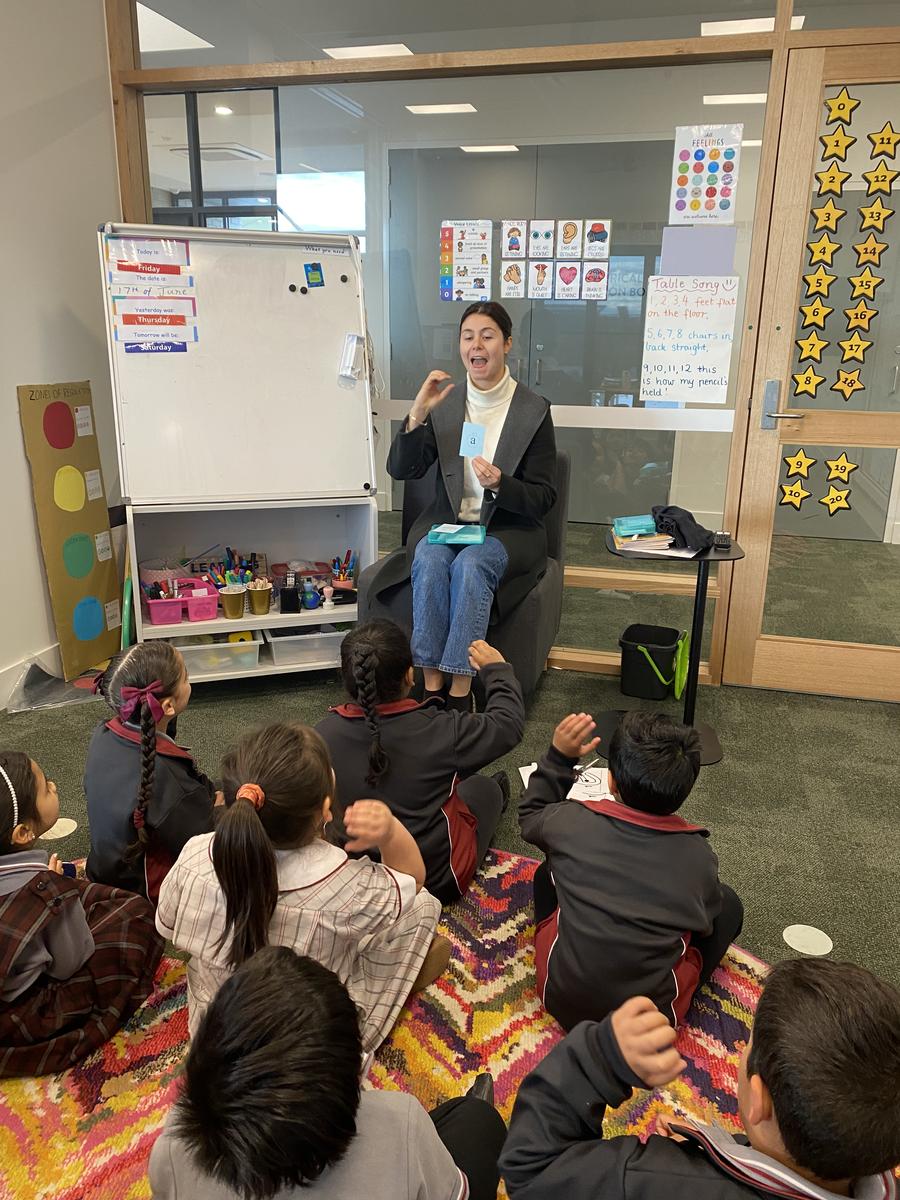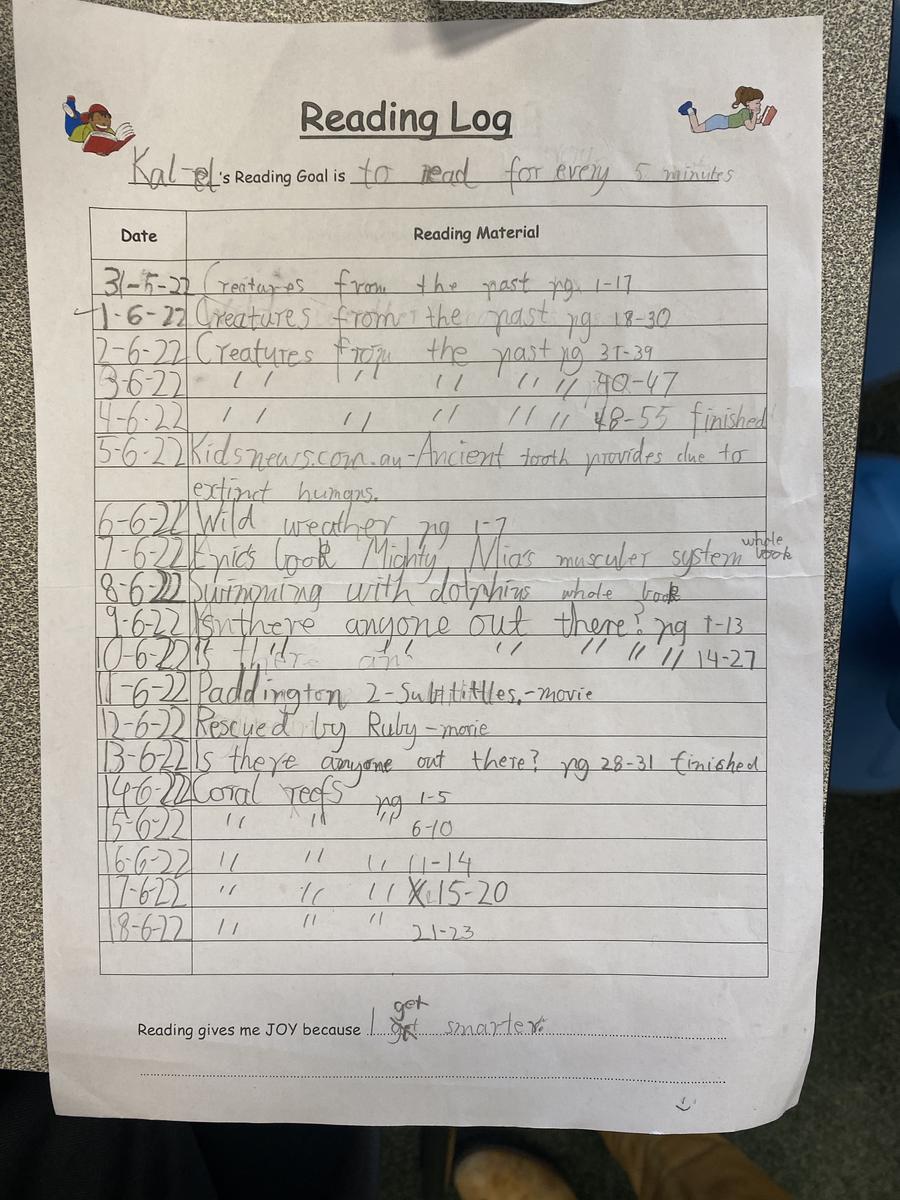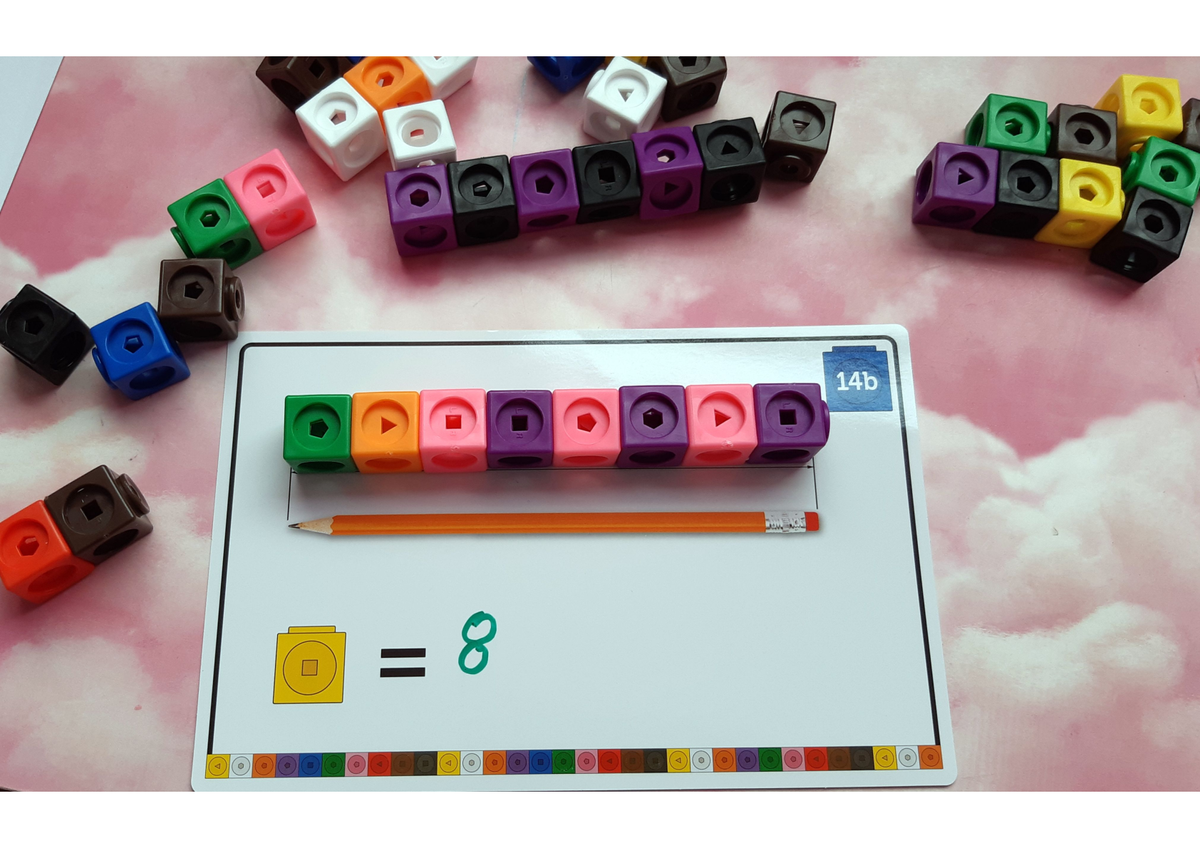Our Learning Story
Wominjeka from Libby (Assistant Principal & Teaching and Learning Leader)

Our Learning Story
Wominjeka from Libby (Assistant Principal & Teaching and Learning Leader)
In this edition, I have decided to zoom in on one element of our instructional model. Every school has an instructional model guiding teachers on how to deliver a lesson successfully, and Wollert Primary School has a unique, evidence-based model that all classes follow. Our model has been designed from research about how the brain learns and works best and knowledge from learning theorists. Brain Build is the first element in every WPS lesson, which is about DELIBERATE PRACTICE!
Engaging in practice changes our brain, although it is difficult to see or understand the changes in the brain due to deliberate practice. However, let's use an example of an athlete training for a running race. Athletes engage in practice to develop their skills and strength as a runner. We can physically see the changes to an athlete's body as they continually practise running- muscle development, lean physique, faster times etc. Our brain works similarly, although we can't physically see the changes. Learning a new skill can be hard at first, but the more we do something, the stronger those neural pathways associated with that skill become; thus, the task becomes more manageable.




Practising a skill should occur in smaller chunks and more often. The skills practised at school during the Brain Build phase of a lesson may also look different, depending on your child's learning goals. We teach our students learning behaviours they can independently engage in to meet their goals. An example from our Junior Community is students developing their handwriting by practising the correct formation of letters or students practising letter recognition and corresponding sounds. Regular practice of skills results in what we refer to as automaticity, where our brain can automatically engage in tasks that were once challenging but are now mastered.
Connecting the skills your child is practising at school can easily be transferred to home learning. I have visited all learning communities and selected some ways your child can reinforce their Brain Builds at home.
Prep Learning Community- Alphabet letters and sounds (See your child's Seesaw Assessment Task for their next point of learning)
Junior Learning Community- Skip counting (See your child's Seesaw Assessment for their next point of learning)
Middle Learning Community- Telling the time (See your child's Seesaw Assessment Task for their next point of learning)
Senior Learning Community- Identifying multiples and factors of numbers, e.g. some multiples of 7 are 7, 14, 21, 28, 35, 42 etc.
Not connected to Seesaw? Don't hesitate to contact your child's teacher to ensure you don't miss out on essential updates about your child's learning.





